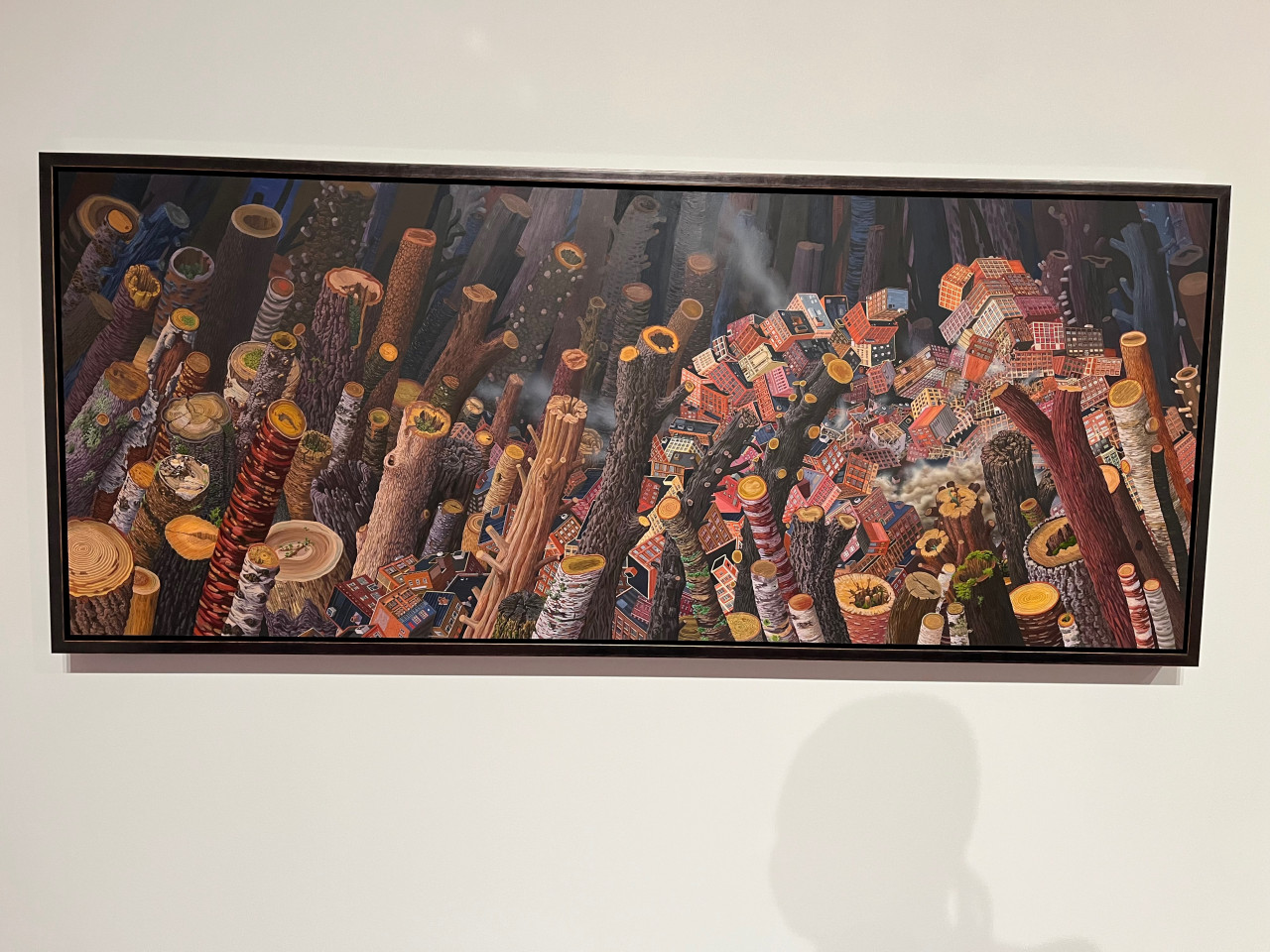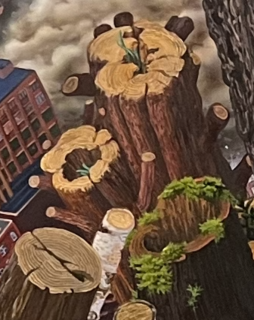Take Your Time and Look Slowly
For years I lived around the corner from the Metropolitan Museum of Art in New York, and it was a regular stop for me, especially to view new exhibits. Weekend crowds often made it difficult to get close to artwork, so it became more of an exercise in getting through it rather than stopping at each painting to enjoy the moment. Sometimes I spent more time in the gift shop.
I was depriving myself of "looking slowly," a new term for me. That's a recent movement in the art world in which you stop to examine a piece of artwork to uncover the hidden meanings to better understand the artist's intent – and to have a more enjoyable experience.
As the Tate Museum in London explains, "It is an approach based on the idea that, if we really want to get to know a work of art, we need to spend time with it…Slow looking is not about curators, historians or even artists telling you how you should look at art. It's about you and the artwork, allowing yourself time to make your own discoveries and form a more personal connection with it." The museum offers tips on how to maximize your experience and advises "Devote your time to truly getting to know a few artworks. Try to think of the gallery as a menu, rather than a to-do list."
It was a revelation when I stood in front of several pieces of art in the Sarasota Art Museum's current exhibition State of the Art 2020: Constructs which is described as an exploration of how contemporary art – is produced all across the country including regions outside traditional art centers – reflects the present moment.
These constructs include several ideas woven through the piece. It's up to the viewer to decide what she sees. Under the guidance of Stephenie Frasher, Arts Advocates' lead docent and also a docent at SAM we viewed only four pieces and I was surprised to learn that we spent an hour doing it. The time flew by.
Here is a painting "A Forrest of Uncertain Things" (2019), by Amy Casey. My first impression was that the cutoff trees and falling houses signified the end of civilization. But maybe not. If you look more closely, in this snippet from the painting, you'll see sprigs of greenery. Are they the last vestiges of civilization or do they signify a renewal of life? Up to you to decide.
I had a college professor who said he would visit the Metropolitan Museum of Art to look at one painting. He would stay for a while and then leave. I thought it was strange at the time, but now I realize he was "slow looking" and was satisfied with just one enriching experience.
When you subscribe to the blog, we will send you an e-mail when there are new updates on the site so you wouldn't miss them.

